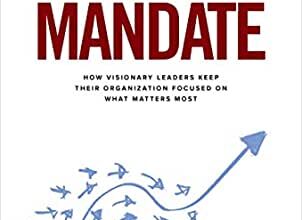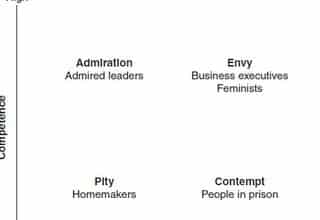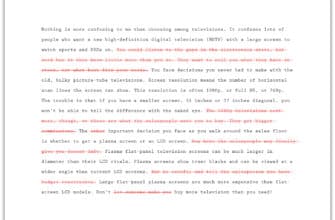I was recently working with a client who drafted a leadership development program that was guaranteed to drastically improve the caliber of the managerial team. The only problem seemed to be the resistance she was getting from every individual who saw it. It didn’t take long for me to identify the issue—her 63 point plan would drain resources, budget, and manpower for the next three years. Only then would it be perfect, and only then could it be unveiled to organization.
This is a common issue for leaders. They envision an idealistic initiative and are then uncompromising with its execution. These individuals choose perfection over gradual development and, unfortunately, find themselves losing support. This reminds me of a frequent mantra of Barack Obama’s White House, “Better is good.”
“One of the things you learn as president is, as powerful as this office is, you have limited bandwidth. And the time goes by really quickly and you’re constantly making choices… And so you have to be pretty focused about where can you have the biggest, quickest impact. And I always tell my staff, ‘Better is good.’ I’ll take better every time, because better is hard. Better may not be as good as the best, but better is surprisingly hard to obtain. And better is actually harder than worse.”—Barack Obama
We can wait our entire career for perfection, but is perfection a reasonable assumption? To adhere to “better is good” is to understand that perfection is a moving target that is rarely attainable. We are more likely to find success by pursuing incremental change. Perfection can remain the intent, but we need to leave room for compromise, changing priorities, and unplanned obstacles.
“Better is good” is consistent with a recent study from the Harvard Business Review, which assessed participants’ best and worst days based on their overall mood, specific emotions, and motivation levels. The research found that of all the things that can boost motivation, the single most common event triggering a “best day” was making progress in meaningful work. This sense of achievement accounted for 76% of people’s best-mood days. Additionally, the more frequently people experienced a sense of progress, the more likely they were to be productive. The benefits of these small wins are referred to as the progress principle.
“Do not let people tell you the fight’s not worth it because you won’t get everything that you want… Better is always worth fighting for.”—Barack Obama
As leader, it does not take much extra effort to endorse the progress principle. For starters, we can avoid unintentionally negating employees’ value, including:
- dismissing the importance of employees’ work or ideas,
- extinguishing employees’ sense of ownership for their work,
- abruptly shifting priorities about how work should be completed, and
- neglecting to inform the team about unexpected changes.
We can then promote progress by:
- establishing a positive, nonjudgmental climate where people feel comfortable conveying their setbacks and progress
- setting clear goals, priorities, and expectations
- promoting autonomy and a free exchange of ideas
- providing sufficient resources and support
- removing barriers and distractions
- expressing respect, recognition, and emotional comfort
- being a resource who checks in on the team without checking up
If this seems obvious, you’re right. Yet, in our search for perfection, it is often easy to overlook the obvious. The key is to consistently aim for improvements. It may not (yet) be the utopia you were hoping to achieve. It may not happen all at once. It may take more patience than you would like to exude. But each step toward “better” gets you closer to your desired perfection.








